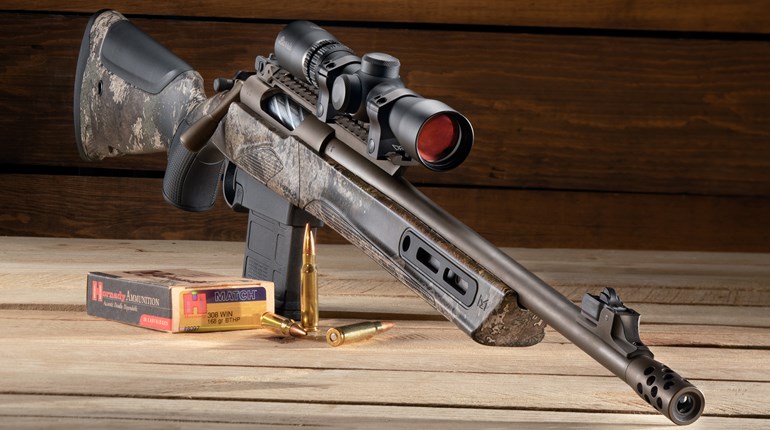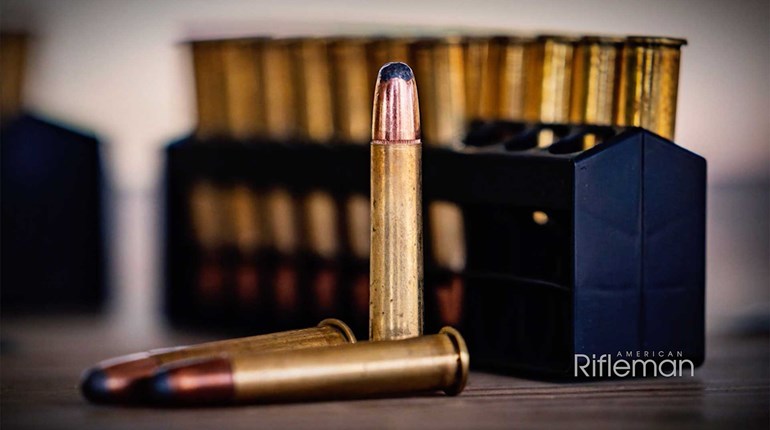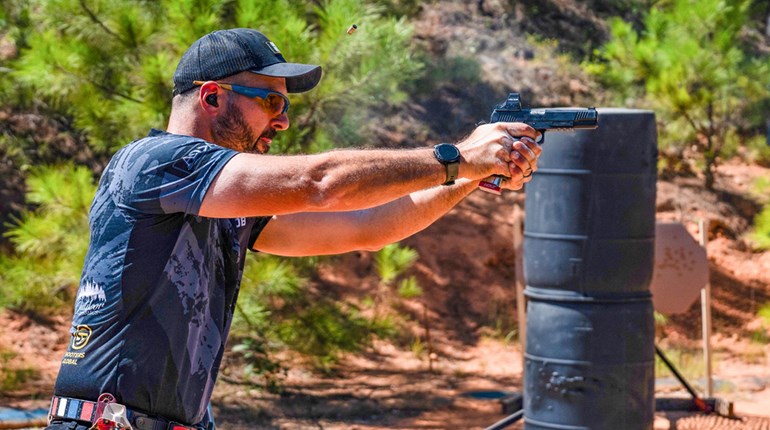
When performing a critical task, whether it be lining up the perfect long-range shot or driving an off-road vehicle at speed, remember the basics.
Once upon a time, I had a really cool job. My teammates, who were like brothers to me, watched over my family while I was away training and walked through fire alongside me in battle. I could go into work on any given day, lay hands on all manner of modern small arms and head to the range for some trigger time. As fun as that was, the wide range of skills we had to master made the training far more interesting than the equipment. One of my team’s specialties was having the ability to drive or ride anything that moved over land faster and more efficiently than anyone else, particularly during pursuit-and-evasion scenarios in hostile places. And by anything, I mean anything from dirt bikes to main battle tanks.
Off-road performance driving was among the most enjoyable training activities, and Off-Road Motorsports Hall-of-Famer Rod Hall figured prominently in that training. At the time of Hall’s passing in June, 2019, he was reported to be the winningest desert racer in history. It was under Hall’s tutelage that I not only picked up some wheel-based nuggets of wisdom that I still use today, but also a piece of advice that would come to help my rifle shooting in later years.
This particular gem was passed to me somewhere in the Nevada desert back in the mid-1990s. While I was struggling to control a very fast race Hummer, Hall politely critiqued everything from my route choice to the movement of my eyes and placement of my hands. With his typically calm demeanor, he chose the moment to share a simple acronym: CPR. It had nothing to do with a heart attack and everything to do with three words that he felt were essential to successfully moving through terrain quickly while keeping the vehicle intact: Control, Place and Relax. He told me to continually assess whether or not I was in control of the vehicle, could place it where I wanted and if I was relaxed. Anything not answered in the affirmative had to be remedied on the fly.
While simple in word, it was a continual process that served me very well in places and situations where the price for failure was far greater than losing a race. Here is where I found a parallel in rifle shooting: The same three-word mantra that Hall taught me and my teammates during off-road training is applicable to the process of consistently sending projectiles into one’s intended point(s)-of-aim.
Control
In performance driving, control focuses on keeping the vehicle upright and moving rapidly in the correct direction, regardless of what the track, road or ground surface throws your way. In rifle terms, proper body position is the key to control. This is fairly easy to achieve in static situations, provided you stick to the fundamentals. Examples include avoiding bone-to-bone contact (elbows on kneecaps, for example) and being solidly behind the rifle in order to manage recoil. In dynamic situations, checking all the body-position boxes is impractical. Nonetheless, simply ensuring a firm firing-hand grip and solidly supporting the rifle’s weight—either with the weak hand or some form of rest—can carry one through just about any crummy position. You may not be able to hold it long, but controlling the rifle through the full sequence of aiming, firing and following through is the basis for hitting your target. It sounds simple because it is.
Place
In the context of vehicular operations, placement requires focus on where you want to go, not things you want to avoid. The same is true for shooting, which is why it pays to forget the not-so-great shot you just made and only concentrate on the one you are about to take. When time permits, I focus my brain on perfectly centering my sights or reticle on my intended point-of-aim to the degree that I am unable to think of much else, save pulling the trigger. In so doing, my shots usually break before I have a chance to overthink what I’m doing and mess things up.
When time is of the essence, I accept the slop and just concentrate on breaking the shot when my reticle or sights pass through the intended point-of-impact. So long as one’s sighting system is properly aligned with the intended point-of-impact through the full act of firing, the target can be hit. Your eye relief can be sub-optimal, the target could be partially obscured by shadows or your aiming point may appear darker or fuzzier than you prefer, but if your [zeroed] sights are on target when the primer ignites—and assuming wind and distance have been accounted for—the hit is yours to make.
Relax
The last principle is often counter-intuitive. In the performance-driving realm, I can attest to the fact that it is difficult to relax when you are 3 feet off the bumper of the car in front of you at 150 mph. However, when you are managing the control and placement aspects correctly, it is still possible to relax enough to maintain use of fine motor skills. The same is true in rifle shooting. A relaxed posture comes easy when you are sitting at a range bench with nothing but time and the cost of ammo to lose.
But, in a situation where a missed shot will waste a long-awaited elk tag or worse, place you in someone else’s sights, stress comes on hard and fast. The more relaxed your major muscle groups are, the less likely they will be to cause a blown shot through shaky or jerky movements. Lastly, do not forget to breathe. That may seem to be common sense, but it is easy to get fixated and deprive your system of the oxygen that is vital for clear vision and small muscle control.
This may all seem like old hat to you, but Hall’s advice helped my team keep our vehicles functional in urban hot spots. I did not immediately make the correlation between CPR’s driving utility and shooting, but somewhere along the way it dawned on me that these principles also worked for practical sniping. CPR has served as a simple checklist that helped me make difficult shots under pressure, whatever the situation.




































